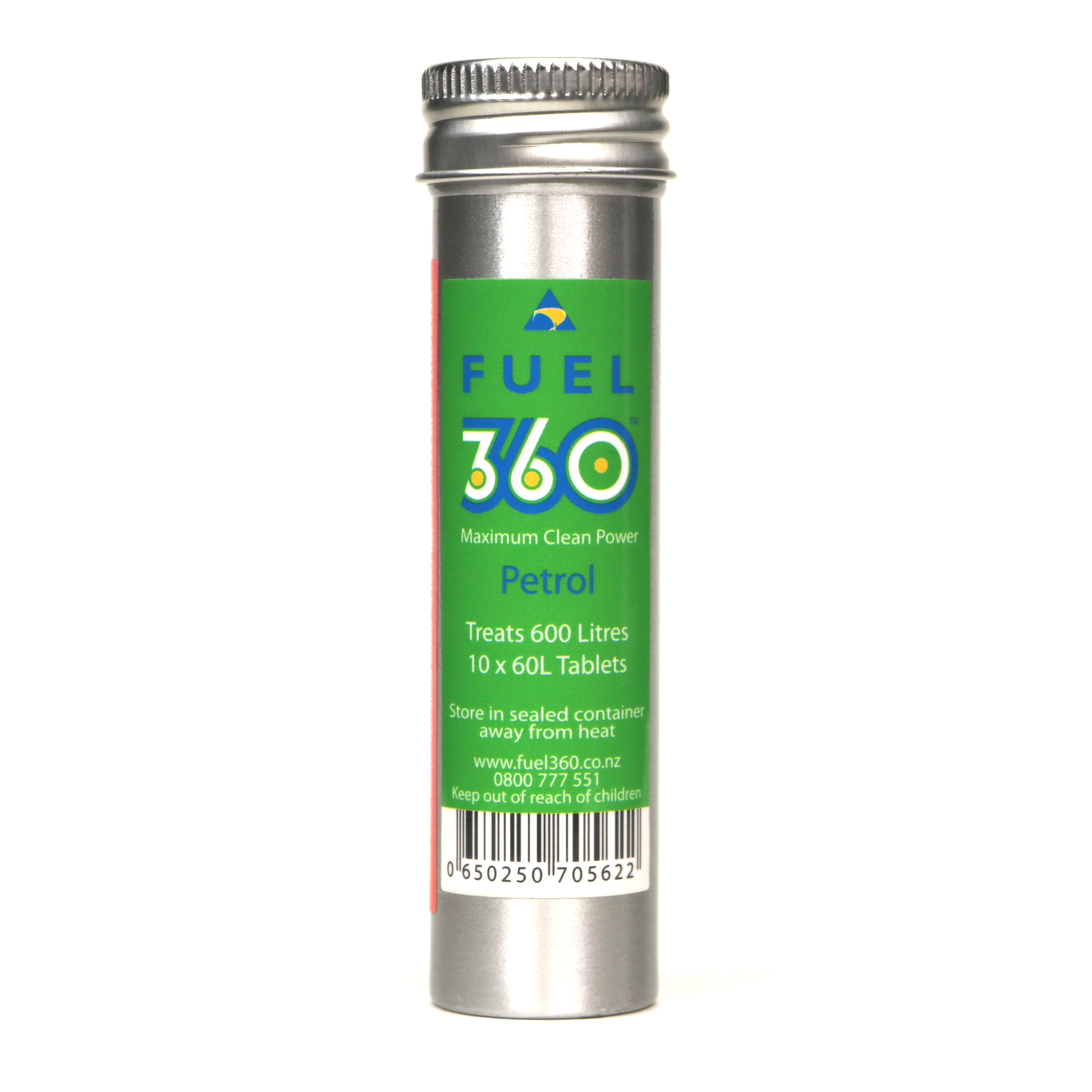It might not have occurred to you guys, but a Commando engine is probably as good as they come. To my mind, you cannot use one at high revs unless you balance the crank. Mine has a streel plug screwed into the hole in the bob weight with Loctite. If it comes out, I am dead. Road bikes usually have separate exhaust pipes with mufflers. Whatever exhaust system you have, the timing of the exhaust valve opening has to suit it. Commando cams are almost as hot as Triumph E3134 race cams, but inlet and exhaust cannot be moved independently. My cam sprocket has two more keyways broached into it. If you advance the cam timing you get more torque, but the bike becomes louder. Compression ratio, fuel octane rating and mixture and ignition timing are all in balance. Your comp. ratio does not natter as long as the other 3 factors are in balance with it. I use standard compression. I advance the ignition timing to suit the fuel, and jet to suit.
Another way is to put the bike on a dyno, jet to an oxygen probe, then advance the timing to get maximum torque.
I suggest when you are jetting with petrol , you cannot get the jetting adjusted close enough to get best power, using the usual Commando carbs. I use methanol fuel which is much more forgiving of tuning errors.
Within reason, it probably does not matter what comp. ratio or ignition advance you use, you can jet to suit it and end up with a quick motor, as long as the cam and exhaust system are a good combination.
I use a 2 into 1 exhaust system with a near-standard cam which I advance 12 degrees,. In my Amal carbs I use the leanest Mikuni needles.
Judging from my experience with methanol, when you jet for petrol, a quarter of a thou of an inch oversize in needle jet ID, would be the difference between fast and slow. With methanol, it is half a thou, but the jets flow twice as much. You use 0,108 - I use 0,1165 inch. I make my own needle jets - you could not do that when you use petrol.




